Table of Contents
Thinking about getting some ink, specifically something with that timeless Japanese vibe? You're not alone. Many women are drawn to the rich history and stunning visuals of traditional Japanese tattooing. But navigating the world ofjapanese tattoo designs for femalescan feel a bit overwhelming. It's not just about picking a pretty picture; each element carries weight, history, and often a deep personal meaning. You might be wondering, "Where do I even start?" or "Will this design truly fit me and my story?"
Understanding Popular Japanese Tattoo Designs for Females
Understanding Popular Japanese Tattoo Designs for Females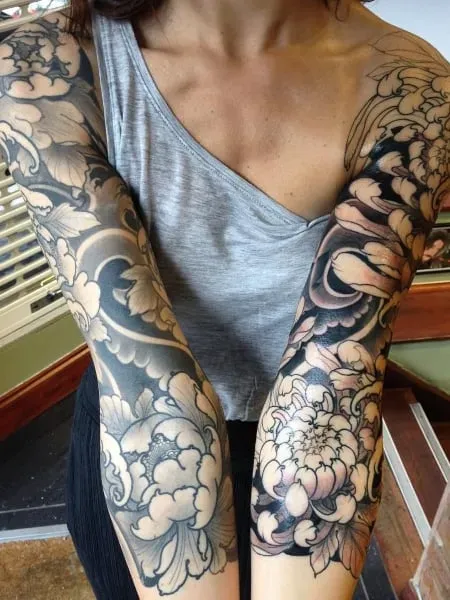
The Enduring Appeal of Koi and Flowers
So, you're diving into the world ofjapanese tattoo designs for females? It's a fascinating rabbit hole, isn't it? One of the first images that probably pops into your head is the koi fish. These aren't just pretty swimmers; they represent perseverance, strength, and overcoming obstacles. Think of the legend where a koi swims up a waterfall to become a dragon. That's powerful stuff. For many women, this resonates deeply – navigating life's challenges and coming out stronger on the other side. Then there are the flowers, especially cherry blossoms (sakura). They're breathtakingly beautiful, yes, but their fleeting bloom is a stark reminder of how temporary life is. It’s about appreciating the beauty in transience, a very poignant concept.
Dragons, Phoenixes, and Mythical Might
Beyond the natural world, Japanese mythology offers some absolute powerhouses. Dragons, for instance, aren't the fire-breathing villains of Western tales. Japanese dragons are often benevolent, symbolizing wisdom, power, and control over the elements. Getting a dragon isn't about being monstrous; it's about harnessing ancient, respected energy. The phoenix, or Hō-ō, is another classic. This mythical bird represents rebirth, resilience, and immortality. After facing tough times, a phoenix rising from the ashes can be an incredibly personal symbol. These figures aren't just cool looking; they carry millennia of cultural weight, offering a connection to something much larger than yourself.
Popular Design | Primary Symbolism | Common Association (Females) |
|---|---|---|
Koi Fish | Perseverance, Strength, Transformation | Overcoming adversity, personal growth |
Cherry Blossoms (Sakura) | Beauty, Transience of Life | Appreciating moments, embracing change |
Japanese Dragon | Wisdom, Power, Benevolence | Inner strength, protection, control |
Phoenix (Hō-ō) | Rebirth, Resilience, Immortality | Recovery, new beginnings, enduring spirit |
Exploring Other Iconic Motifs
While koi, flowers, dragons, and phoenixes dominate, the world ofjapanese tattoo designs for femalesincludes many other compelling images. Take the Foo Dogs (Komainu), often seen guarding temples. They symbolize protection and ward off evil spirits. Maybe you're looking for something that feels like a guardian. Then there are the masks – Hannya masks representing vengeful female demons (complex emotions, anyone?) or Oni masks for demons or ogres, often used to scare away evil. Even depictions of waves (like Hokusai's famous one) symbolize power, change, and the unpredictable nature of life. Each design has layers, so digging a little deeper is key to finding one that truly speaks to your own narrative.
Symbolism and Meaning Behind Japanese Tattoo Designs for Females
Symbolism and Meaning Behind Japanese Tattoo Designs for Females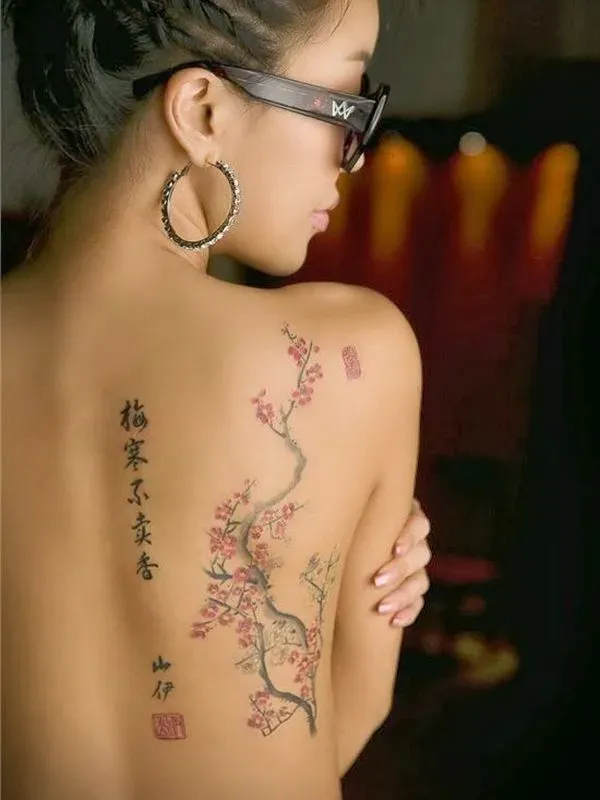
Beyond the Ink: What Your Design Says
Alright, so we've touched on some of the heavy hitters like koi and dragons. Now, let's really dig into theSymbolism and Meaning Behind Japanese Tattoo Designs for Females. This is where it gets fascinating, because these aren't just cool pictures slapped on skin. Every line, every color, every creature tells a story, often one that's centuries old. When a woman chooses a particular Japanese motif, she's often tapping into a specific energy or quality she wants to embody or acknowledge in her own life. It's a deliberate act, a visual declaration of inner strength, resilience, or a connection to the natural world. Think about it: a delicate cherry blossom might seem fragile, but its meaning about the beauty of fleeting life can be incredibly powerful for someone who has experienced loss or change. A dragon isn't just a monster; it's a guardian, a force of nature, a symbol of wisdom. Understanding these layers is key to finding a design that feels like a true part of you, not just a cool piece of art.
Placement and Style Considerations for Japanese Tattoo Designs for Females
Placement and Style Considerations for Japanese Tattoo Designs for Females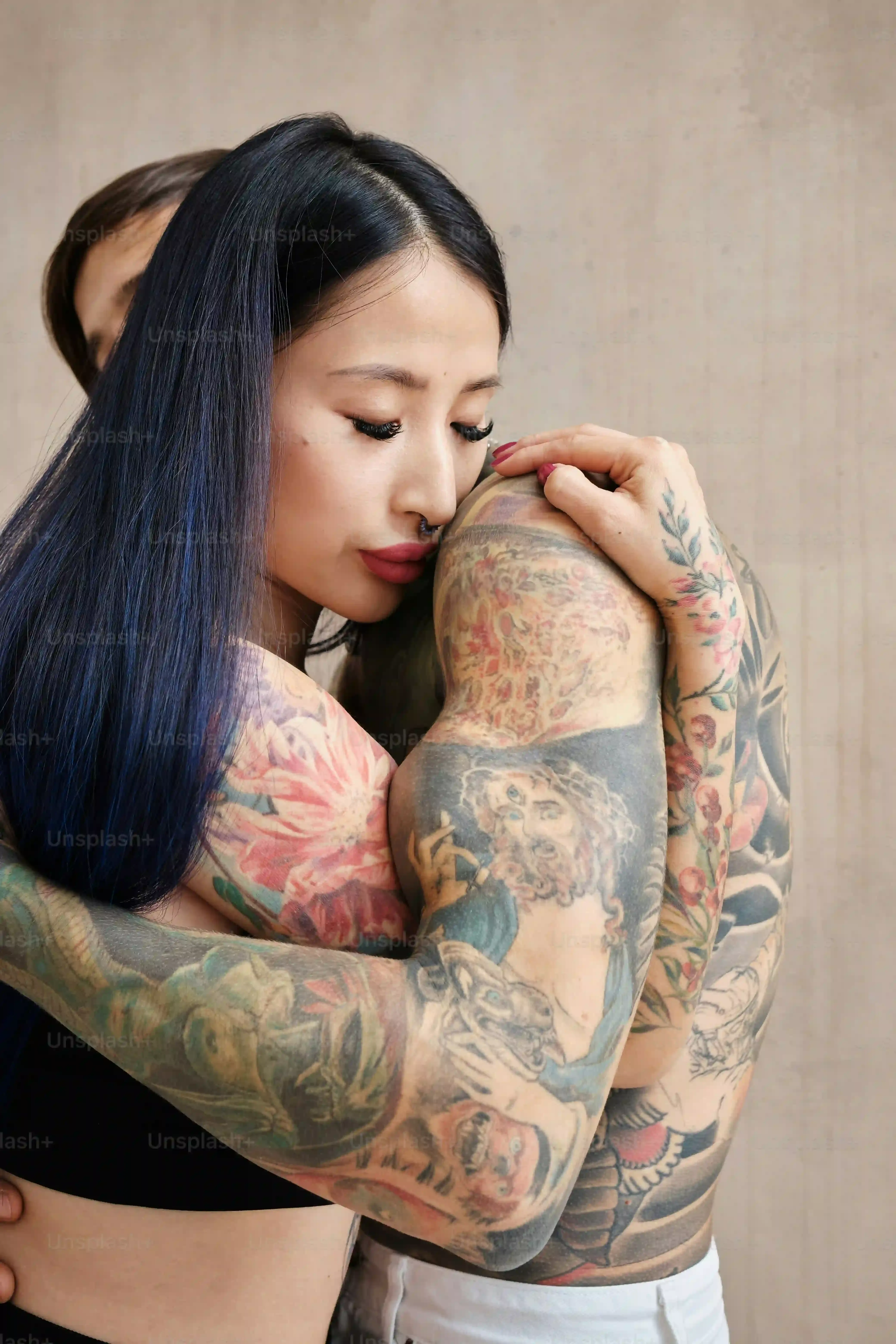
Where to Put It: Location Matters
Deciding onPlacement and Style Considerations for Japanese Tattoo Designs for Femalesis just as crucial as picking the design itself. Think about it: a sweeping dragon winding down an arm feels drastically different from a delicate cherry blossom branch behind an ear. Traditional Japanese tattoos often follow the body's flow, designed to fit specific areas like sleeves (Irezumi), back pieces (Horimono), or full body suits. For women, popular spots might include the back, which offers a large canvas for detailed scenes, or an arm or leg for a cohesive sleeve. Even smaller, more discreet placements like the forearm, ankle, or shoulder blade can highlight specific elements of a design, like a single koi or a bundle of chrysanthemums. The location impacts not just visibility but also how the design interacts with your body's movement and shape. Don't just pick a spot because it seems easy; consider how the art will live on you.
Finding Your Look: Style Variations
Beyond placement, the style an artist uses significantly alters the feel ofjapanese tattoo designs for females. You've got the traditional, bold Irezumi style with its thick outlines, vibrant colors, and dense shading – this is the classic look you often picture. It's impactful and durable. Then there are artists who lean into more contemporary interpretations, perhaps using softer lines, different color palettes, or incorporating elements from other styles while keeping the Japanese motifs. Some might focus on the illustrative side, making the images look more like paintings, while others stick to the graphic, woodblock print aesthetic. Discussing these variations with an artist is key. Do you want something that looks like it walked straight out of a 19th-century ukiyo-e print, or something with a modern twist? Your artist's portfolio will be your best friend here, showing you their specific take on these timeless designs.
Consider these common placement ideas:
- Full Back: Ideal for large, complex narratives like dragons, phoenixes, or historical scenes.
- Sleeve (Arm or Leg): Great for flowy designs like koi swimming upstream or winding floral patterns.
- Forearm/Calf: Good for single, strong images or smaller, contained scenes.
- Shoulder Blade: Can accommodate a medium-sized motif like a Foo Dog or a specific mask.
- Rib Cage: Offers a longer, narrower canvas for vertical designs or elements that curve with the body.
Choosing Your Artist and Process for a Japanese Tattoo Design
Choosing Your Artist and Process for a Japanese Tattoo Design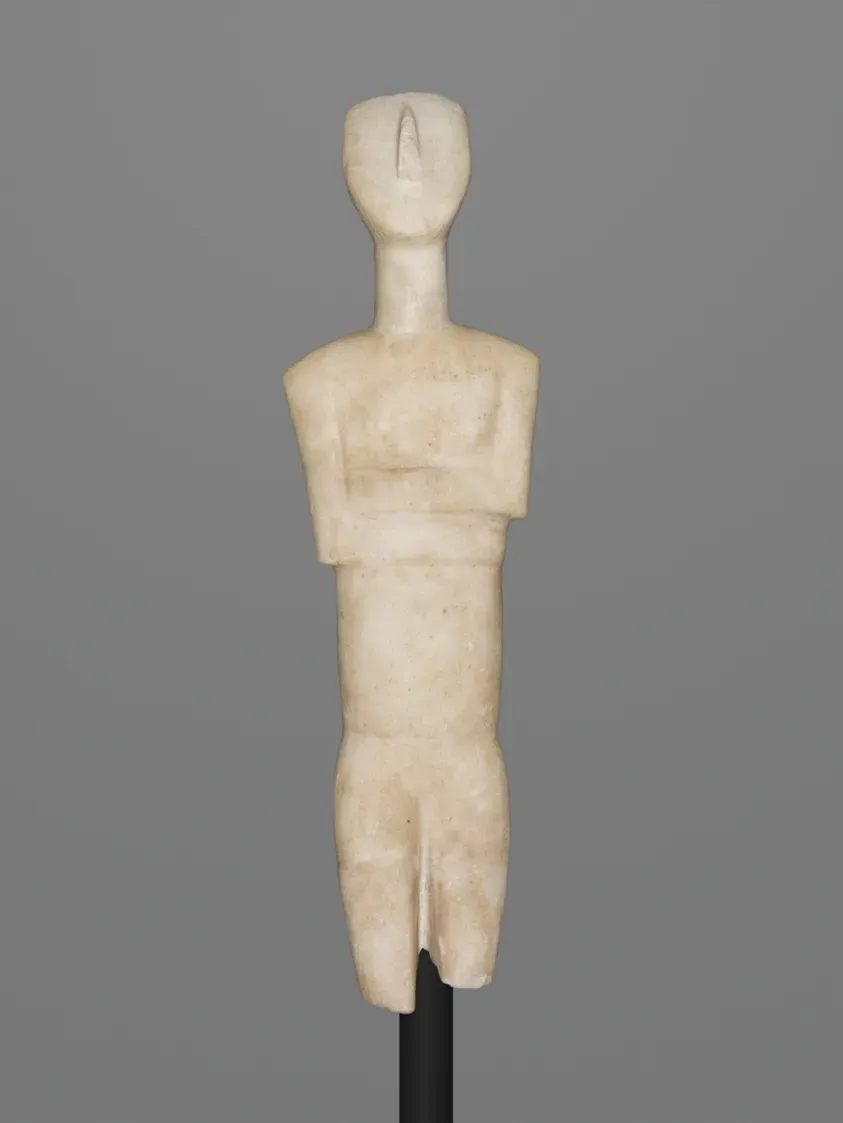
Finding Your Horishi: The Right Artist Matters
so you've got some ideas bubbling about the designs and where they might go. Now comes a seriously crucial step:Choosing Your Artist and Process for a Japanese Tattoo Design. Look, picking a tattoo artist, especially for something as intricate and culturally significant as Japanese work, isn't like choosing someone to paint your fence. You need someone who *gets* it, someone who respects the tradition, understands the flow (that's called "nagare" in Japanese tattooing), and has the skill to execute it properly. A good Japanese tattoo artist, often called a Horishi, has dedicated years, sometimes decades, to mastering this specific style. They don't just draw pictures; they compose a piece that lives and breathes with your body. Don't rush this part. Spend time looking at portfolios, not just random pictures online, but the artist's actual finished work. See how they handle scale, color, shading, and how their designs integrate with the body. If they mostly do tiny script or cartoon characters, they're probably not your person for a full back dragon.
Caring for Your New Japanese Tattoo Design
Caring for Your New Japanese Tattoo Design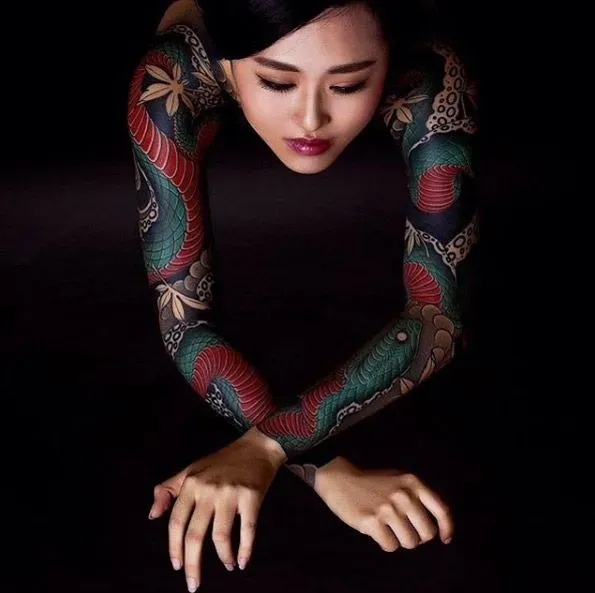
The First Few Days: Gentle Care is Key
you've got your incredible newJapanese tattoo design for females. It looks amazing, right? Now, don't mess it up by neglecting the aftercare. This first phase is critical. Your artist will likely bandage it up; listen *exactly* to their instructions on how long to keep it on. When you take it off, gently wash the tattoo with lukewarm water and a mild, unscented soap. Think plain, like Dial Gold or a specific tattoo wash, nothing with perfumes or harsh chemicals. Pat it dry carefully with a clean paper towel – don't rub. Then, apply a thin layer of the ointment or lotion your artist recommended. "Thin" is the operative word here; you want it breathable, not suffocated in gunk. Repeat this cleaning and moisturizing process a couple of times a day. It might weep a bit, that's normal. Just keep it clean and moisturized.
Long-Term Love: Keeping Your Ink Vibrant
So, you've survived the initial healing and yourJapanese tattoo design for femalesis settling in. Great! But caring for it doesn't stop after a couple of weeks. Sun is the absolute enemy of tattoos. UV rays break down the ink pigments, making those vibrant colors fade and the crisp lines blur over time. Always use a high SPF sunscreen on your tattoo, even on cloudy days. Seriously, make it a habit. Also, avoid soaking your tattoo for extended periods, especially in pools or hot tubs, while it's healing and even afterwards if you can help it too much. Chlorine and other chemicals aren't its friends. Think showers, not baths. Keeping your skin generally healthy and hydrated helps too. A well-moisturized canvas keeps the artwork looking its best for years to come. It's an investment, treat it like one.
Quick aftercare checklist:
- Wash gently with mild soap.
- Pat dry with paper towel.
- Apply thin layer of recommended ointment/lotion.
- Repeat 2-3 times daily initially.
- Avoid soaking (baths, pools).
- Protect from the sun with high SPF sunscreen.
- Keep skin moisturized long-term.
The Ink and The Journey
So, you've waded through the dragons, the lotuses, and the history etched in ink. Choosing a Japanese tattoo design isn't like picking a filter for your profile picture; it’s a commitment, a piece of art that lives and breathes with you. It's a process of understanding, of finding symbolism that clicks, and of trusting an artist to translate that onto your skin. Don't rush it. The research, the conversations with artists, the healing – it's all part of the story that piece tells. When it's done right, it's more than just a tattoo; it's a part of your own evolving narrative.